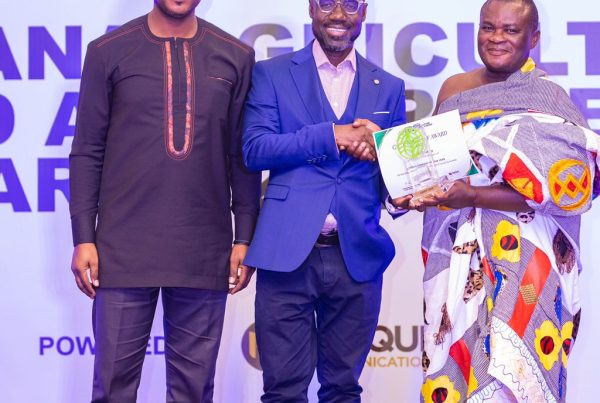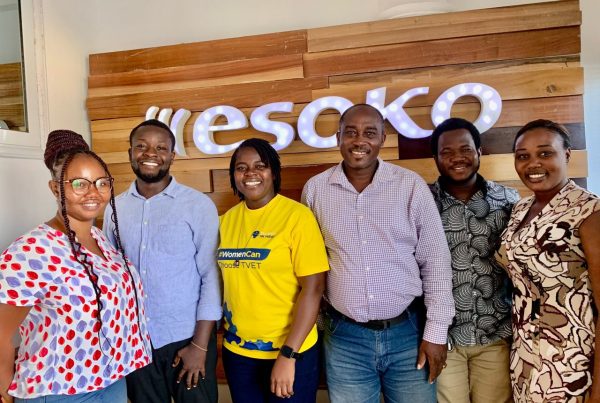Innovation has driven the development of new tools and services to tackle different areas of rural development and improve the livelihoods of individuals, households and communities. To this end, governments and development agencies depend largely on accurate and timely data to make better informed decisions.
Esoko’s data collection solution, Insyt, is one of such technologies that has proven to be robust in helping organizations collect reliable and timely data for development projects. [The Insyt data collection app is available for free via https://insyt.esoko.com] In Ghana, Insyt has been deployed in several data collection projects including the Livelihood Empowerment Against Poverty Program (LEAP), Ghana Household Registry (GNHR) and Planting for Food and Jobs Program. All these programs are generally targeted at rural or peri-urban poor communities.
Over the years we have experienced different challenges while deploying our data collection solution in rural areas. The good thing is, these challenges have also helped us improve on our technology and service delivery. This write up provides a brief discussion of some of the key operational and technical challenges identified by Esoko’s field operation teams in deploying tech based solutions to rural areas:
Finding the right people for the job
Putting together an enumeration team that is professional, tech savvy and most importantly able to live and work in rural settings has always been a challenge.
Esoko prefers to engage post-secondary graduates who can use smart devices and are willing to live and work in rural communities. Typically in Ghana, rural-urban migration is high among these educated youth, which means we are required to pay more in order to incentivize enumerators from cities and towns to work in rural communities.
In addition to this, enumeration teams are usually scattered in remote communities thus work with minimum supervision. Here, their reliability and honesty to do a good job is key to a successful data collection process.
Accessibility to rural communities
Data collection in rural and peri-urban areas presents unique problems that can impact the process and thus the quality of data. Issues include location of target groups, utilization of appropriate tools, environmental barriers, and cultural considerations. Our operational strategy ensures that enumeration teams are aware of these and are fully prepared to tackle them.
Travelling and locating rural communities requires a comprehensive and well-coordinated plan to avoid harsh weather seasons and other environmental obstacles. For example during raining seasons, enumeration teams who need to cross rivers and streams must be cautious of overflowing banks. In this instance the protection of personal life as well as for survey devices is critical, and teams are provided with the right protective clothing and accessories to keep them safe.
A typical example of using appropriate technology is in the capturing of fingerprints. Finger prints markings for rural farmers are sometimes worn out, since they are mostly engaged in subsistence farming with little to no use of farm machinery. We have encountered several instances where a thorough cleaning of the fingers is done before enumerators are able to capture finger prints. Insyt uses high resolution finger print capturing technology to counter this problem and to collect accurate biometrics.
It is also critical for enumeration managers to have some cultural knowledge about communities and factor them into enumeration scheduling. There have been several instances where whole communities have not made themselves available for interviews due to cultural or social events such as festivals and funeral.
Power Challenges
Lack of electricity in remote communities remains a primary challenge to successful data collection using smart devices. The battery life of your average mobile device when fully charged, is about ten hours of continuous use. Enumeration teams spending about 2-3 days in a community without electricity will require that they identify and travel to nearby communities with electricity to charge their devices after close of work every day. This increases transportation cost, working time and the risk to enumeration teams.
Mobile Connectivity Challenges
Lack of mobile connectivity and bandwidth is another major obstacle to deploying data collection technology in remote communities. Most mobile networks organizations (MNOs) do not yet provide high-speed connectivity in rural areas, although they can support several valuable synchronous and low-bandwidth applications. It is imperative that these MNOs expand to provide crucial connectivity for rural communities and better support to data-intensive applications.
Data collected with Insyt’s technology is directly transferred to our server if there is an internet connection. Where there is no connection, the data is stored on the device, and transferred as soon as connection is found. Once the data hits the servers, it passes through validation processes which includes human quality assurance. If an error is detected in the process, the data is sent back to the device on the field for the enumerator to rectify while still in the community.
This process requires reliable internet connection to successfully complete, but lack of connectivity often complicates this basic effort of collecting and analyzing data. Without connectivity to receive errored data in real-time and fix them while in the community, enumerators are required to travel back to communities to meet respondents, thereby increasing enumeration cost and time.


